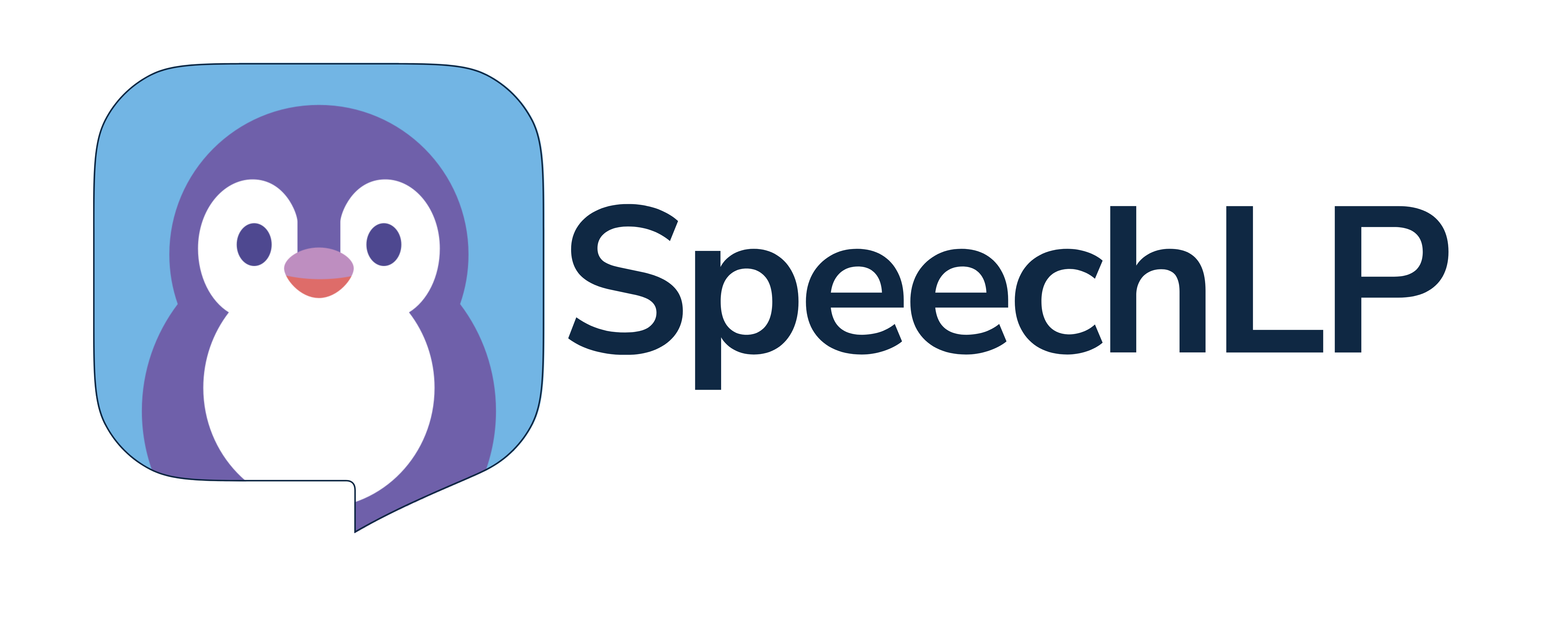Dive Brief:
- On top of tech and broadband equity concerns, teacher shortages have presented an additional challenge when it comes to having qualified teachers in a variety of subjects — but EdTech: Focus on K-12 notes that this can be solved by having those subject matter experts teach virtually via videoconferencing tech.
- In addition to providing expert teachers who the district may not otherwise have available locally, the practice is also suggested to improve students' collaboration skills, which can prepare them for a future workforce in which they or many of their coworkers will be telecommuting.
- One Georgia school district that adopted the approach has even increased its use of virtual teachers after student feedback suggested little difference between classes led by face-to-face instructors and those using videoconferencing.
Dive Insight:
In rural areas in particular, finding qualified teachers for courses in high-demand topics like computer science or even some areas of the arts can be especially difficult. But videoconferencing does provide a potentially viable solution — provided that a school's or district's broadband infrastructure is up-to-par and can handle it. The fact remains that many districts and schools where these qualified educators are needed are also likely to be those where broadband access gaps persist. And this may not even be within the district's control, as some regions simply haven't had their infrastructure at large upgraded.
When adopting this approach, schools and districts will also want to consider how to address students who need direct assistance. Will they still need an assistant on-hand in the classroom, working in tandem with the virtual instructor? Are there adaptive platforms available that are capable of providing some of that guidance to the student as needed? And how viable is the solution long-term given that the approach may not be best-suited for the learning styles of all students? While virtual teachers are certain to become more common in the future, there's still much to figure out from a best-practices standpoint when ensuring all students' needs are met.













